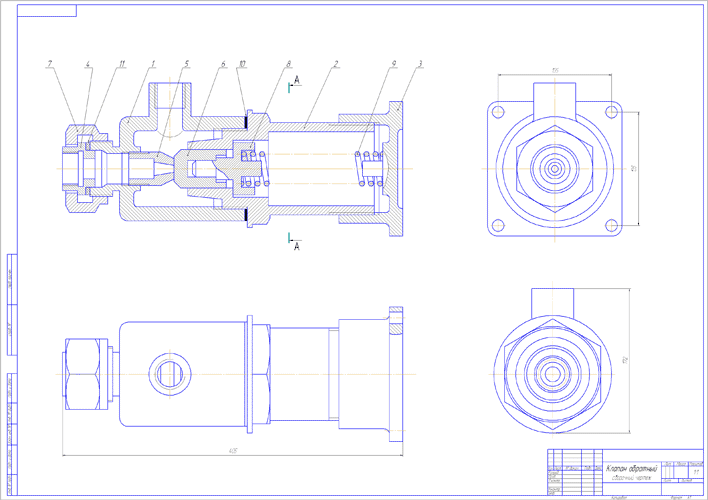Obratnij Klapan Chertezh
7 reviews of Zlatne Kapi 'My Daughter, Wife and I decided to be adventuring today and went to the Bevo Mill area today for some Bosnian cuisine. We never had this type of food but ended up in Zlatne Kapi and we were pleasantly surprised.


Require(['ta/Core/TA.Store'], function(taStore) { taStore.store('typeahead.typeahead2_geo_segmented_ui', true); taStore.store('typeahead.geoArea', 'Apatin area'); taStore.store('typeahead.worldwide', 'Worldwide'); taStore.store('typeahead.noResultsFound', 'No results found.' ); taStore.store('typeahead.flight_enabled', true); taStore.store('typeahead.localAirports', [{'lookbackServlet':'Airport','autobroadened':'false','normalized_name':'frankfurt intl airport','title':'Destinations','type':'AIRPORT','document_id':null,'is_vr':false,'url':' /Airport-g187337-qFRA-Frankfurt_Hesse.html','urls':[{'url_type':'AIRPORT','name':'Frankfurt Intl Airport, Frankfurt, Hesse, Ge.
Pulmonary arterial hypertension is a progressive disorder characterized by abnormally high blood pressure (hypertension) in the, the blood vessel that carries blood from the heart to the lungs. Pulmonary arterial hypertension is one form of a broader condition known as pulmonary hypertension. Pulmonary hypertension occurs when most of the very small arteries throughout the lungs narrow in diameter, which increases the resistance to blood flow through the lungs. To overcome the increased resistance, blood pressure increases in the pulmonary artery and in the right ventricle of the heart, which is the chamber that pumps blood into the pulmonary artery. Ultimately, the increased blood pressure can damage the right ventricle of the heart. Windows xp pro sp3 activated sata drivers integrated test. Signs and symptoms of pulmonary arterial hypertension occur when increased blood pressure cannot fully overcome the elevated resistance.
As a result, the flow of oxygenated blood from the lungs to the rest of the body is insufficient. Shortness of breath (dyspnea) during exertion and fainting spells are the most common symptoms of pulmonary arterial hypertension. People with this disorder may experience additional symptoms, particularly as the condition worsens.
Other symptoms include dizziness, swelling () of the ankles or legs, chest pain, and a rapid heart rate. Mutations in the gene are the most common genetic cause of pulmonary arterial hypertension. This gene plays a role in regulating the number of cells in certain tissues. Researchers suggest that a mutation in this gene promotes cell division or prevents cell death, resulting in an overgrowth of cells in small arteries throughout the lungs. As a result, these arteries narrow in diameter, which increases the resistance to blood flow. Blood pressure in the pulmonary artery and the right ventricle of the heart increases to overcome the increased resistance to blood flow.
Mutations in several additional genes have also been found to cause pulmonary arterial hypertension, but they are much less common causes of the disorder than are BMPR2 gene mutations. Variations in other genes may increase the risk of developing pulmonary arterial hypertension or modify the course of the disease (usually making it more severe).
Changes in as-yet-unidentified genes may also be associated with this condition. Although pulmonary arterial hypertension often occurs on its own, it can also be part of syndromes that affect many parts of the body. For example, this condition is occasionally found in people with,,,. Researchers have also identified nongenetic factors that increase the risk of developing pulmonary arterial hypertension.